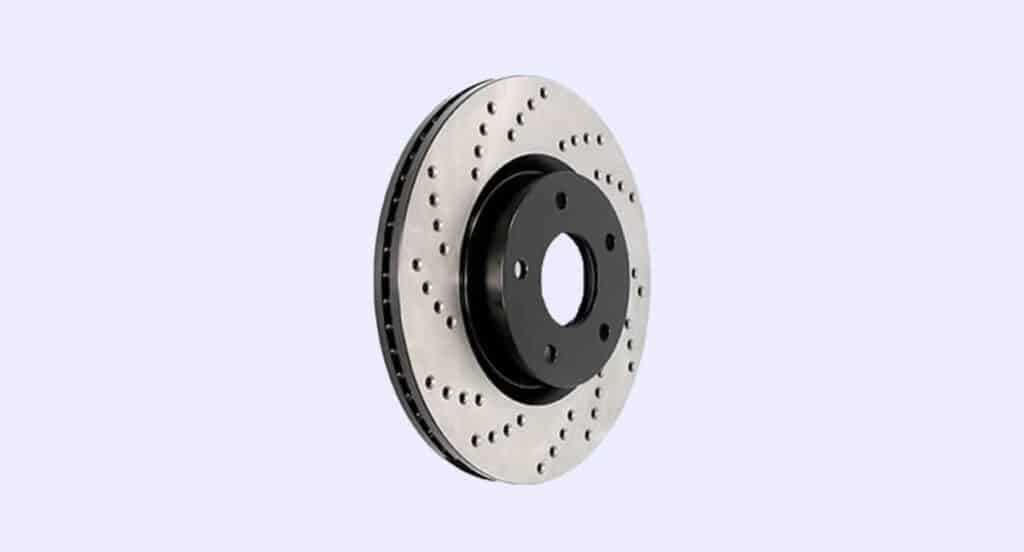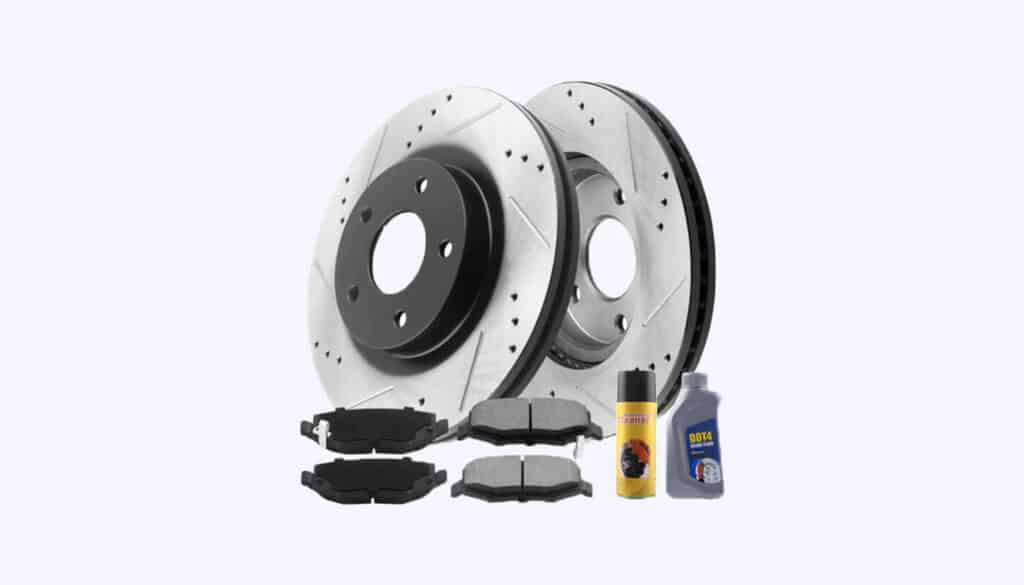Introduction: The Challenges of Managing Brake System Health in Mixed Fleets
Managing the brake system health of a mixed fleet with multiple vehicle types can be challenging, as each vehicle type has unique maintenance needs and requirements. Fleet managers must take into account the different brake system components, driving conditions, and operational demands of each vehicle to ensure optimal performance and safety. This article will explore strategies for managing the brake system health of mixed fleets, from customizing maintenance schedules to selecting the right brake components and partnering with the right brake service provider.
Understanding the Different Brake System Needs of Various Vehicle Types
Light-Duty Vehicles
Light-duty vehicles, such as sedans and small SUVs, typically have less demanding brake system requirements than heavier vehicles. They often use disc brakes with smaller rotors and calipers, which may require less frequent maintenance. However, these vehicles may still experience brake system wear if used in heavy stop-and-go traffic or subjected to aggressive driving.

Medium-Duty Vehicles
Medium-duty vehicles, like delivery trucks and cargo vans, have increased weight and load capacities, which place more demand on their brake systems. These vehicles often use larger disc brakes or a combination of disc and drum brakes, which may require more frequent maintenance to ensure optimal performance and safety.
Heavy-Duty Vehicles
Heavy-duty vehicles, such as large trucks and tractor-trailers, have the most demanding brake system requirements due to their significant weight and load capacities. These vehicles often use air brakes or heavy-duty hydraulic systems, which require specialized maintenance and inspection procedures to ensure proper operation and safety.
Specialty Vehicles
Specialty vehicles, like emergency response vehicles, buses, or vehicles with unique applications, may have specialized brake system requirements based on their specific use. These vehicles may require customized maintenance schedules and specialized components to ensure optimal performance and safety.
Customizing Brake System Maintenance Schedules for Mixed Fleets
Inspection Frequency
To maintain the brake system health of a mixed fleet, it’s essential to establish an inspection frequency that takes into account the different vehicle types and their usage patterns. Light-duty vehicles may require less frequent inspections than medium or heavy-duty vehicles, while specialty vehicles may require more frequent inspections based on their specific use.
Component Replacement Intervals
Each vehicle type in a mixed fleet may have different component replacement intervals, depending on factors such as vehicle weight, brake system type, and usage patterns. Fleet managers should customize component replacement intervals for each vehicle type to ensure optimal brake system health and safety.
Brake Fluid Changes
Brake fluid changes are another critical aspect of brake system maintenance that may need customization for a mixed fleet. Factors like vehicle weight, brake system type, and usage patterns can influence how often brake fluid changes are required for each vehicle type.
Selecting the Right Brake Components for Each Vehicle Type in Your Fleet
Brake Pads
Brake pad selection is crucial for maintaining brake system health in mixed fleets. Different vehicle types may require different brake pad materials to ensure optimal performance and longevity. For example, light-duty vehicles may benefit from organic or ceramic brake pads, while medium and heavy-duty vehicles may require semi-metallic pads for better heat dissipation and durability.

Brake Rotors
Rotor selection is also essential for mixed fleets. Light-duty vehicles may use smaller rotors, while medium and heavy-duty vehicles require larger, more durable rotors to handle increased braking demands. Choosing the right rotors for each vehicle type can help extend rotor life and reduce maintenance costs.
Brake Calipers
Caliper selection should also be customized for each vehicle type in a mixed fleet. Light-duty vehicles may use smaller, single-piston calipers, while medium and heavy-duty vehicles may require multi-piston calipers for increased braking power.
Brake Lines and Hoses
Brake lines and hoses should be selected based on each vehicle type’s specific needs, as they must handle varying levels of pressure and heat depending on the brake system demands. For example, heavy-duty vehicles may require more robust brake lines and hoses to handle the increased pressure and heat generated during braking.
The Role of Driver Training in Maintaining Brake System Health for Mixed Fleets
Proper driver training is essential for maintaining brake system health in mixed fleets. Drivers should be educated on the different brake system components, their functions, and the specific maintenance needs of each vehicle type in the fleet. This will enable drivers to detect and report potential brake system issues early, helping to prevent costly repairs and vehicle downtime.
Centralizing Fleet Brake System Maintenance: Benefits and Considerations
Cost Savings
Centralizing brake system maintenance for mixed fleets can result in cost savings by streamlining the maintenance process and taking advantage of economies of scale. This can help reduce labor and parts costs, as well as improve overall fleet efficiency.
Consistent Maintenance Standards
A centralized approach to brake system maintenance can also help ensure consistent maintenance standards across the entire fleet. This can lead to improved brake system performance and safety, as well as reduced vehicle downtime.
Streamlined Record-Keeping
Centralizing fleet brake system maintenance can help streamline record-keeping, making it easier for fleet managers to track maintenance history, component replacement intervals, and inspection results for each vehicle in the fleet.
Partnering with the Right Brake Service Provider for Your Mixed Fleet
Experience with Multiple Vehicle Types
When selecting a brake service provider for your mixed fleet, it’s crucial to choose a company with experience servicing multiple vehicle types. This ensures that the provider has the necessary knowledge and expertise to handle the unique brake system needs of your diverse fleet.
Flexibility in Service Offerings
A brake service provider that offers flexible service options can better accommodate the varying maintenance needs of a mixed fleet. Look for providers that can customize maintenance schedules and component replacement intervals based on each vehicle type’s specific requirements.
Proactive Maintenance Approach
A proactive maintenance approach is essential for keeping your mixed fleet’s brake systems in optimal condition. Choose a brake service provider that emphasizes preventative maintenance and early detection of potential issues to minimize vehicle downtime and repair costs.

Leveraging Technology for Improved Brake System Maintenance Management
Fleet managers can take advantage of technology to improve brake system maintenance management for mixed fleets. Telematics and other fleet management software can help track vehicle usage, maintenance history, and component replacement intervals, allowing for more effective management of brake system health across the entire fleet.
Conclusion: Achieving Optimal Brake System Health for Mixed Fleets Through Proactive Maintenance Management
Managing the brake system health of a mixed fleet can be challenging due to the diverse maintenance needs of different vehicle types. However, by customizing maintenance schedules, selecting the right brake components, and partnering with the right brake service provider, fleet managers can achieve optimal brake system performance and safety for all vehicles in their fleet. Proactive maintenance management, coupled with driver training and leveraging technology, can help minimize vehicle downtime, reduce maintenance costs, and improve overall fleet efficiency.
